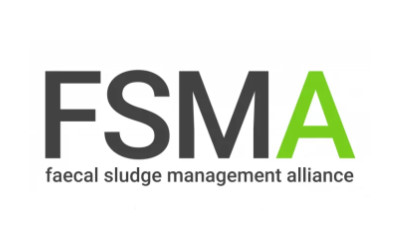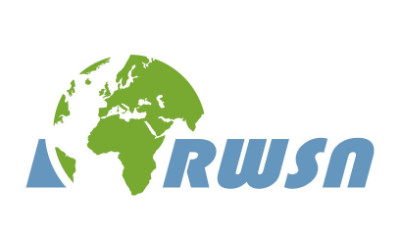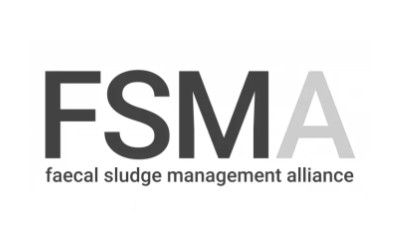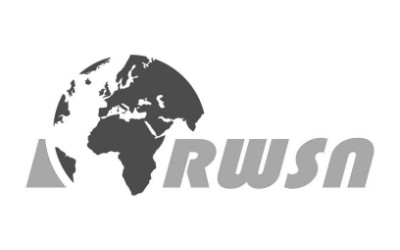Evaluation d’une expérience d’assainissement/épuration décentralisé destinée aux centres périurbains de Casablanca : Cas du projet de Douar Rmel (in French) - Evaluation of sanitation/decentralised treatment project for peri-urban areas of Casablanca: case of Douar Rmel
Tanji, R. (2009)
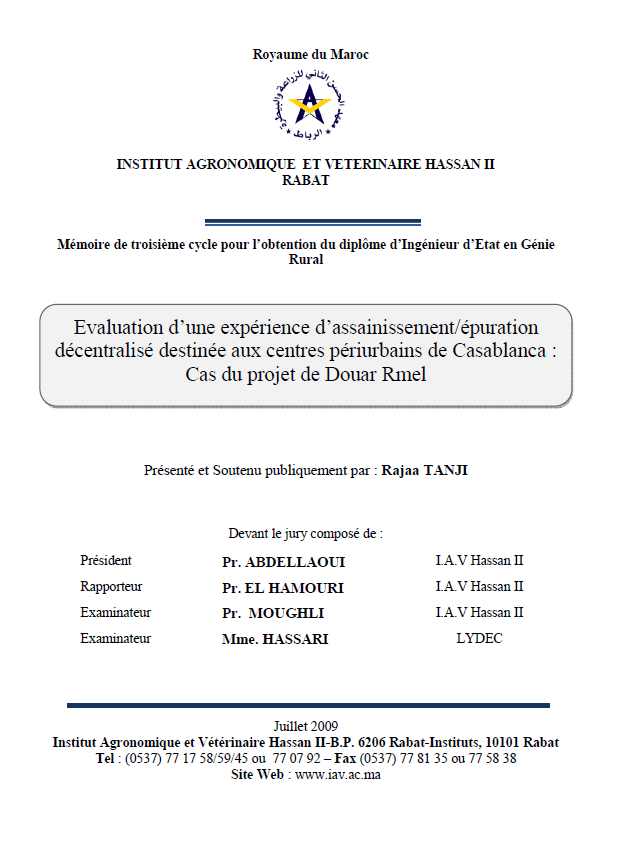
Published in: 2009
Publisher:
Mémoire de troisième cycle pour l’obtention du diplôme d’Ingénieur d’Etat en Génie Rural, Institute Agronomique et Vétérinaire Hassan II, Rabat, Royaume du Maroc
Author:
Tanji, R.
Uploaded by:
SuSanA secretariat
Partner profile:
common upload
5506 Views
40 Downloads
Location of library entry
Content - Summary
La station pilote de Douar RMEL a été construite par la Lyonnaise des Eaux de Casablanca
pour tester une approche nouvelle sur l’assainissement liquide décentralisé, écologique et à
faible coût. Cette approche est essentiellement destinée aux quartiers périurbains éloignés du
réseau central de la ville.
Le projet consiste à i) intercepter les eaux usées du Douar moyennant la mise en place d’un
réseau séparatif ; les eaux pluviales étant assainies à l’aide de caniveaux construits dans les
ruelles ii) épurer les eaux usées par voie écologique à proximité du douar et iii) infiltrer les
eaux traitées à l’aide de puits d’infiltration en raison de l’inexistence d’un exutoire naturel
près du douar.
La station Rmel reçoit une moyenne de 14 m3/j. Elle comprend une fosse septique collective
d’une capacité de 64 m3 et 3 filtres plantés de roseaux à écoulement vertical (FPEV) garnis de
sable et plantés de roseaux de l’espèce phragmites australis. La surface des filtres est de 86
m2 chacun. Une chasse automatique est placée à l’amont pour permettre une alimentation
syncopée (par bâchées) des 3 filtres. Chaque filtre est alimenté pendant 4 jours puis mis au
repos pendant 8j. L’effluent final est convoyé vers deux puits d’infiltration ; douar Rmel ne
possédant pas d’exutoire naturel. La superficie totale occupée par le système de traitement est
de 300 m2 englobant les filtres et les ouvrages annexes.
Les valeurs des principaux paramètres de pollution des eaux usées brutes de Douar Rmel
montrent que ces eaux sont très chargées. Ainsi, les concentrations en DCO, DBO5, en MES
et en NTK donnent les valeurs respectives de 1800, 1100, 500 et 220 toutes exprimées en
mg/L. La valeur de la conductivité électrique est également très élevée avec 3980 ?S/cm.
Le système de traitement assure un abattement de 53% de DCO, 63% de DBO5 et 68% de
MES. L’effluent final reste malgré tout très chargé comme le montrent les concentrations des
principaux paramètres de pollution de l’effluent final soient : 990, 410, 130 et 180, toutes en
mg/L, respectivement pour les paramètres DCO, DBO5 MES, et NTK.
Ces performances plutôt insatisfaisantes révèlent des défaillances de conception. En effet,
devant la concentration élevée des eaux usées brutes et l’insuffisance de la fosse septique
collective, les FPRV subissent une surcharge organique importante soit, 137g/(m2.j) de DBO5,
28 g/(m2.j) de MES et une surcharge hydraulique également importante de 160 mm/j. Dans
ces conditions, les FPRV ne peuvent remplir leur rôle convenablement et durablement. Il est
donc proposé de ramener la charge à un niveau acceptable pour les filtres en remplaçant la
fosse septique collective par un Réacteur Anaérobie à Flux Ascendant et à Deux Etapes
(RAFADE) lequel est capable d’assurer l’abattement recherché. Le système proposé a été
dimensionné pour ramener la charge applicable aux filtres à 24 g de DCO/(m2.j). L’unité
proposée comportera deux réacteurs de 2,5 m de diamètre et 6 m de profondeur chacun, un
décanteur de 4 m2 et 7 lits de séchages d’une superficie globale de 10 m2, cette unité
occupera une superficie totale de 40 m2 et son coût est estimé à 200 000 DH.
++++++++++++
Lyonnaise des Eaux de Casablanca has built a decentralised wastewater treatment plant
(WWTP) in Douar Rmel to test a new affordable sanitation approach developed for periurban
components that could not be hooked to the city network.
The project consists of i) intercepting wastewater by a simplified collection network;
rainwater is being drained by means of surface-built trenches; ii) treating wastewater by
ecological means near the component iii) convoying the treated wastewater to natural
waterways or to infiltration wells.
Wastewater treated in Douar Rmel plant averages 14m3/j. The plant includes a 64 m3
collective septic tank followed by three subsurface vertical flow filters (ssvf) having 86 m²
each and set in parallel; they are filled with coarse sand and planted with reeds of the species
Phragmites australis. The filters are dosed by means of an automatic flushing reservoir that
dominates the 3 filters. Dozing is intermittent allowing each filter works for 4 days and rests
for 8 others. The final effluent is convoyed to two infiltration wells, as Douar Rmel has no
natural waterways nearby. The total area occupied by the treatment system and ancillary
works is 300 m2.
Figures from the main pollution parameters show that crude wastewater of Douar Rmel is
highly concentrated as shown by COD, BOD5, TSS and TKN which are respectively 1800,
1100, 500 and 220, all expressed in mg/L. The electrical conductivity value is also high with
3980 ?S / cm. The recorded organic load was 137g / (m2.d) of BOD5, 28g / (m2.d) of TSS and
30g / (m2.d) of TKN and the hydraulic load was of 160 mm/d.
Obtained performances are not satisfactory denoting that incorrect influent concentrations
were taken for the design. Removal efficiencies do not exceed 53% for COD; 63% for BOD5,
68% for TSS. In these conditions, The SSVF filters could not play their role in a correct and
sustainable way. It is therefore proposed, for bringing the filters loads to acceptable values to
substitute a two-step upflow anaerobic reactor (TSUAR) to the collective septic tank. The
proposed system is designed to bring load to 24 g of COD/ (m2.d). It would include two
reactors of 2.5 m diameter, 8m deep each, a settler of 4 m² and 7 sludge drying beds totalizing
10 m². The unit will require a land area of 40 m² and its cost estimated at 200,000 DH.
Bibliographic information
Tanji, R. (2009). Evaluation d’une expérience d’assainissement/épuration décentralisé destinée aux centres périurbains de Casablanca : Cas du projet de Douar Rmel (in French) - Evaluation of sanitation/decentralised treatment project for peri-urban areas of Casablanca: case of Douar Rmel. Mémoire de troisième cycle pour l’obtention du diplôme d’Ingénieur d’Etat en Génie Rural, Institute Agronomique et Vétérinaire Hassan II, Rabat, Royaume du Maroc
Filter tags
Constructed wetlands French Middle East & North Africa Peri-urban







